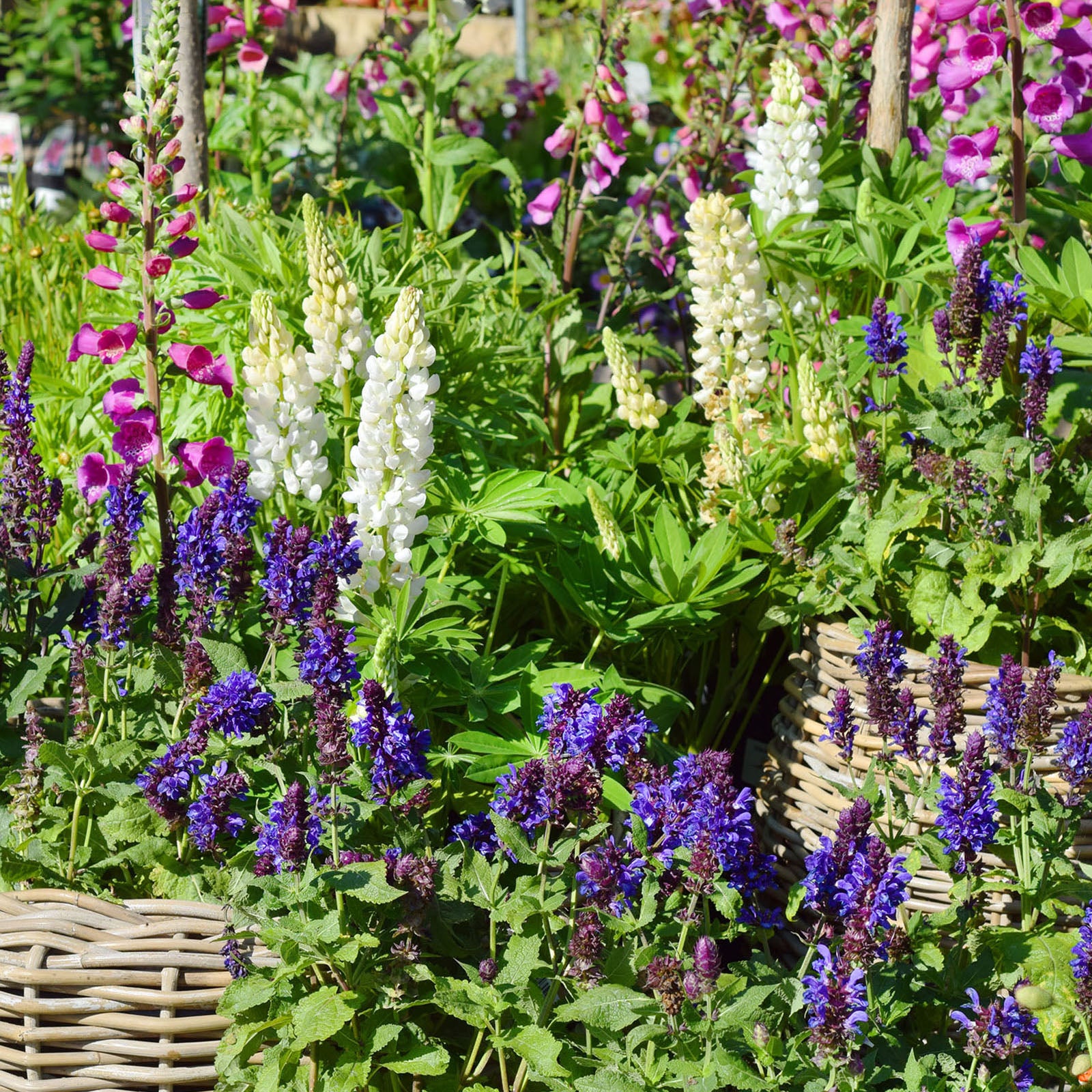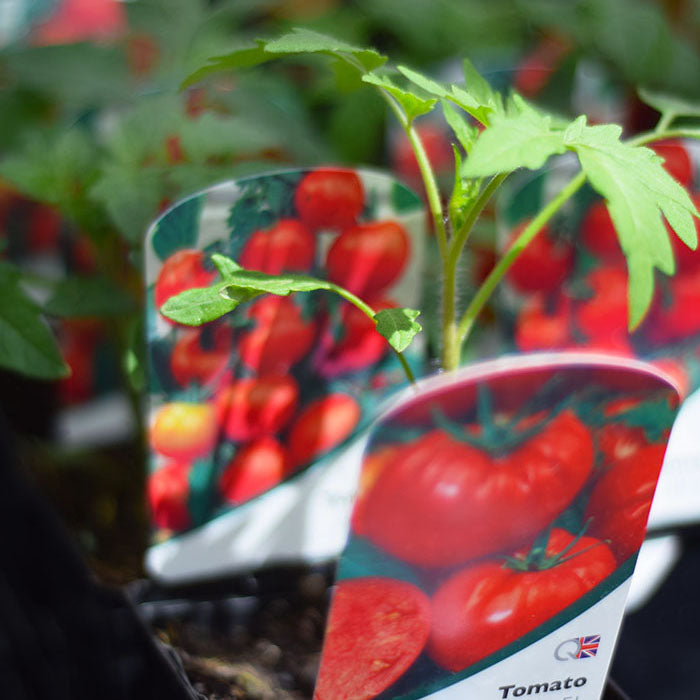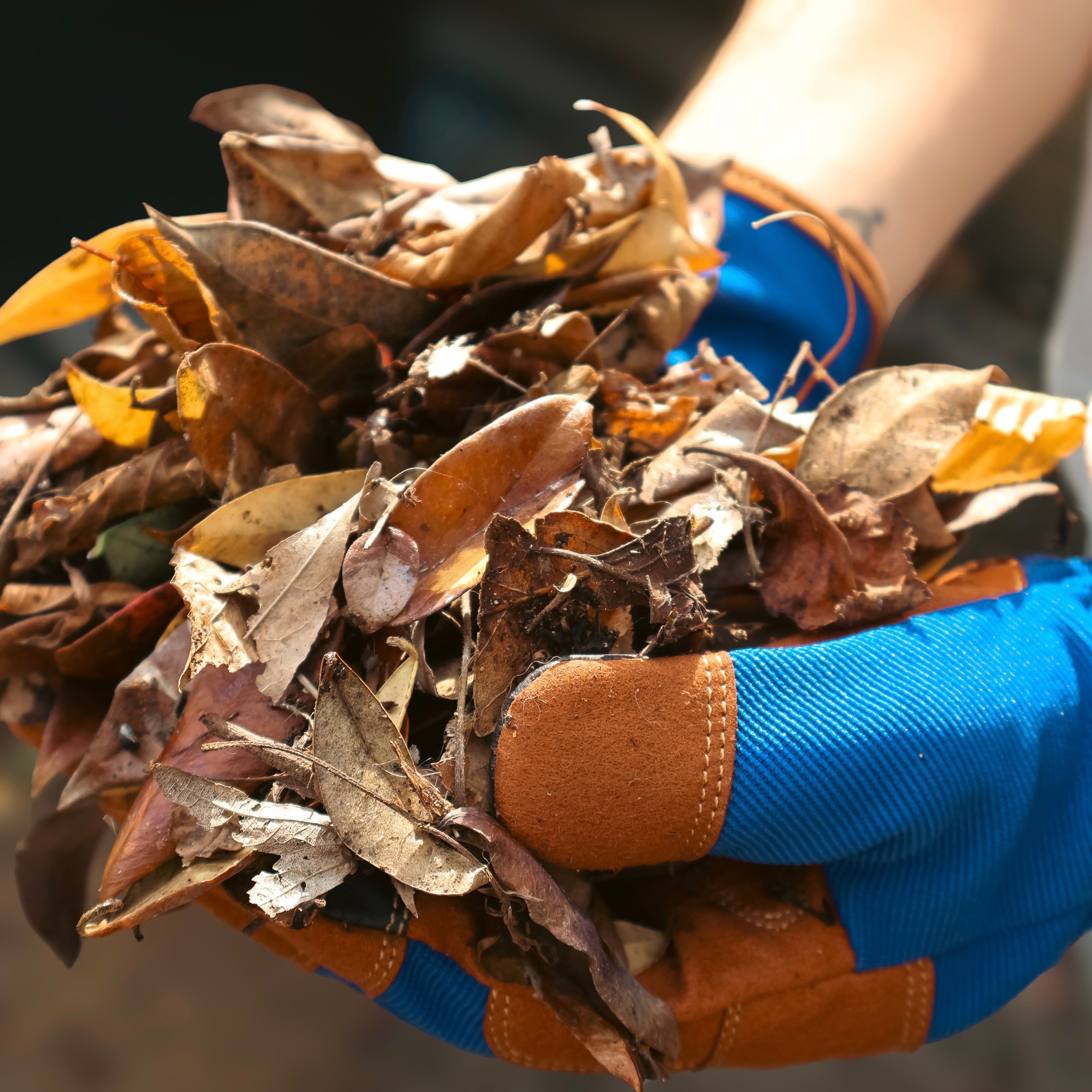Reasons Why Your Garden Plants aren't Flowering and How to Fix it

Have you ever looked at your garden plants and wondered what am I doing wrong? Why aren’t they flowering?
I know I have.
That's why I took it upon myself to ask our garden nursery caretakers to suggest possible solutions based on their years of expertise that they've applied for years to develop the best possible bloom each and every time.
Reasons why your plants aren’t flowering:
-
Wrong placement in your garden
-
Applying too much or too little fertiliser
-
Not dead-heading enough
-
Sowing seeds too late
You haven't thought about the placement.
The placement of your plant is one of the key factors in their performance. The light can play a huge factor in whether or not a plant will bloom.
Sun-loving plants will become lanky and produce few or no flowers if they are planted in an excessively shaded area.
For darker corners of your garden, plants like hydrangeas and foxgloves, are more suitable as they won’t have any problems flowering in those shadier conditions.
However, full sun is necessary for sun-loving plants like lavender, cosmos, dahlias, zinnias, sunflowers, and more. If a side of your garden gets 6 to 8 hours of sunshine per day in summer, that is a good indication your sun-seeking plants will thrive.
Solution:
Remember to relocate your plants accordingly to their light needs. They should be moved only in spring or autumn as winters might be too cold and rainy and summer can be excessively hot and dry.
Using too much or too little fertiliser.
Similar to humans, plants require a certain combination of vital nutrients in order to develop and stay healthy. Plants that lack sufficient amounts of macronutrients may eventually end up producing little leaves, weak stems and little to no flowers that lack in colour.
There’s no need to panic. Most nutrient deficits can be resolved by fertilising your soil. Depending on whether the plants are growing in containers or in your garden, there are different approaches to fertilise them.
Start by testing your soil so you’re sure just how much your plants needs the fertiliser. Not every plant is the same and similar to the light, some will require more fertilisers than the others.
Solution:
Vegetables, Roses and pots need fertiliser, but that doesn’t mean all plants do. Adding fertiliser might not always work a miracle and improve flowering, but instead have an opposite effect on your plants.
Not dead-heading enough.
Dead-heading is removing the dead flower head from your plants. The purpose of dead heading is to ensure extended blooming season as well as encourage more growth and colour in your garden. If your plants are repeat-flowering doing this enough will stimulate them to produce more flowers.
Selecting the deadhead point might appear difficult at first. If you trim too close to the bloom you might end up with a dry and unattractive stem but don’t worry its not as hard as it seems. Where you trip the stem will depend on the species but as a general guideline, deadhead your spent flowers and stems back to ¼ inch above a new lateral flower, lateral leaf or bud.
Solution:
Generally speaking, you want to dead head three times a week.
Generally speaking, you want to dead head three times a week.
Additionally, the RHS has recently advised against waiting for flowers to fully die and instead to dead-head them as soon as they begin to look scrawny.
Not every plant has recurring flowers. However, dahlias, cosmos, numerous roses, penstemons, hardy geraniums, and more are repeat-flowers.
You might be sowing seeds too late.
Plants classified as annuals are ones that are grown from seed, flower, set seed, and eventually die within a year.
Accordingly to our garden nursery caretakers, annuals require 14–21 days to germinate and 90–100 days to grow before they flower. So if you plant the seed too late it wont have enough time to mature before before the nights grow shorter and the temperature drops.
Solution:
We suggest to sow seeds of hardy annual seeds in the fall. Then, over the winter, store them somewhere frost-free and cool, such as a windowsill or greenhouse.
Yet not every seed that is sown in the fall will blossom in the summer. If you want to plant the seed the same year you want them to flower we suggest leaving it no later than mid-spring.




